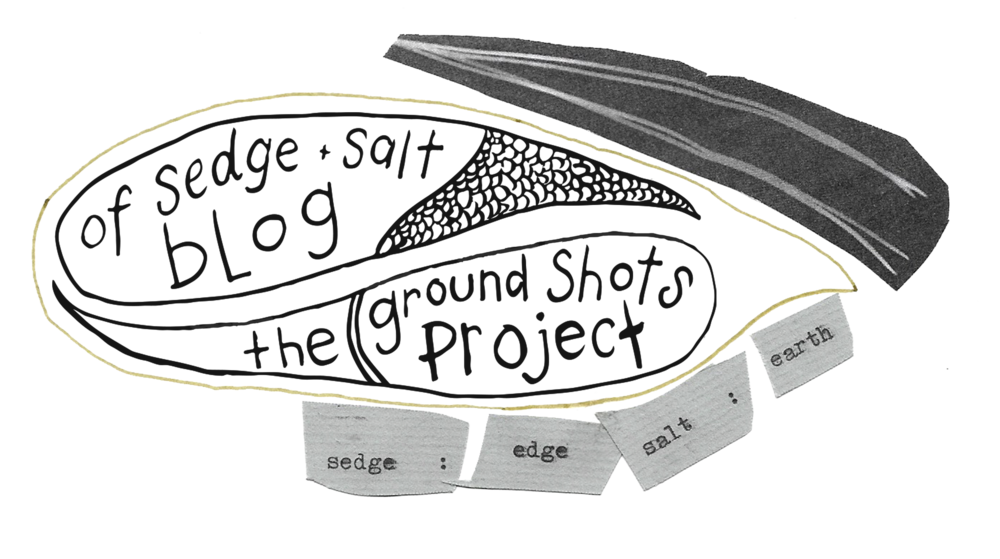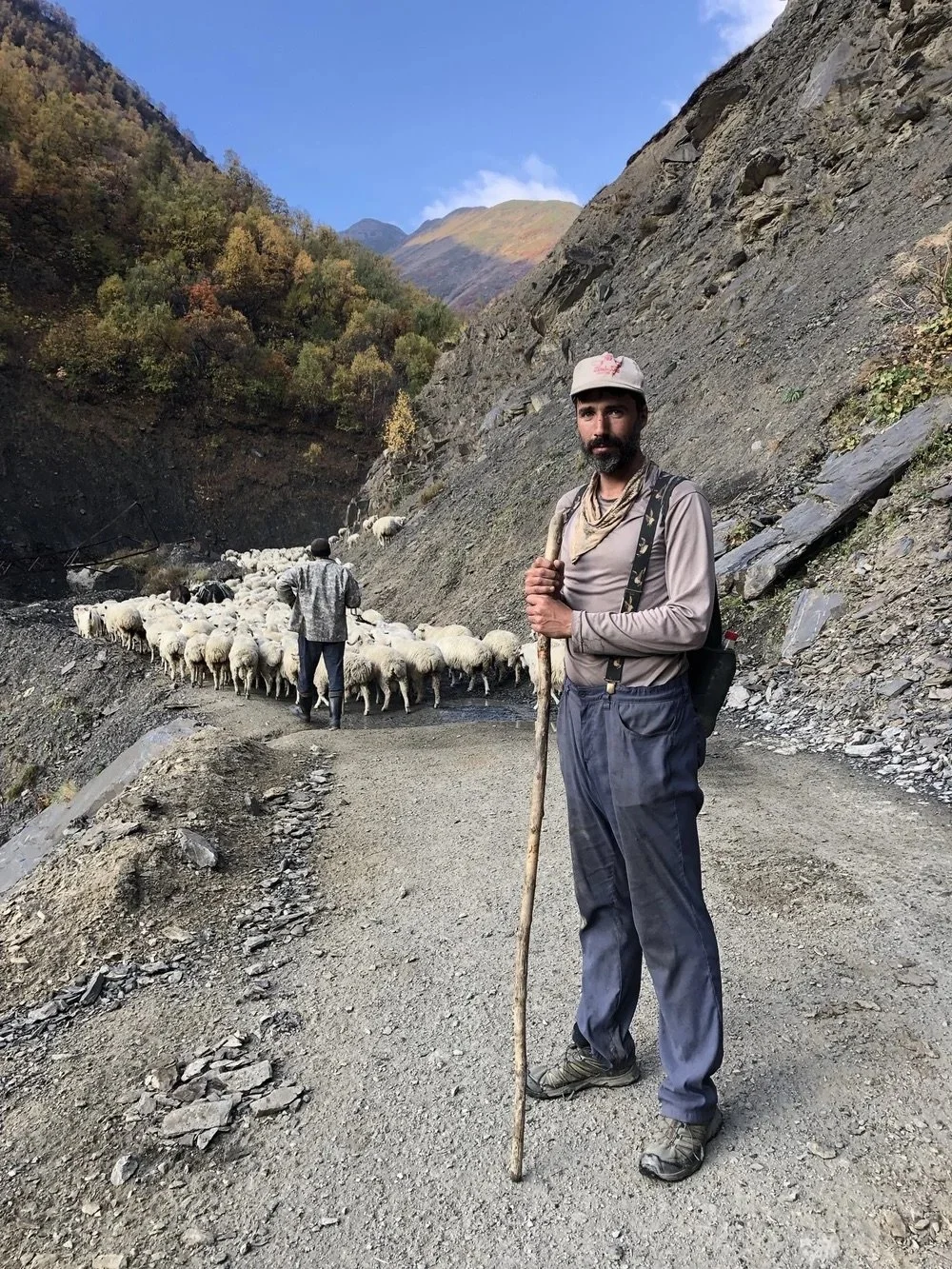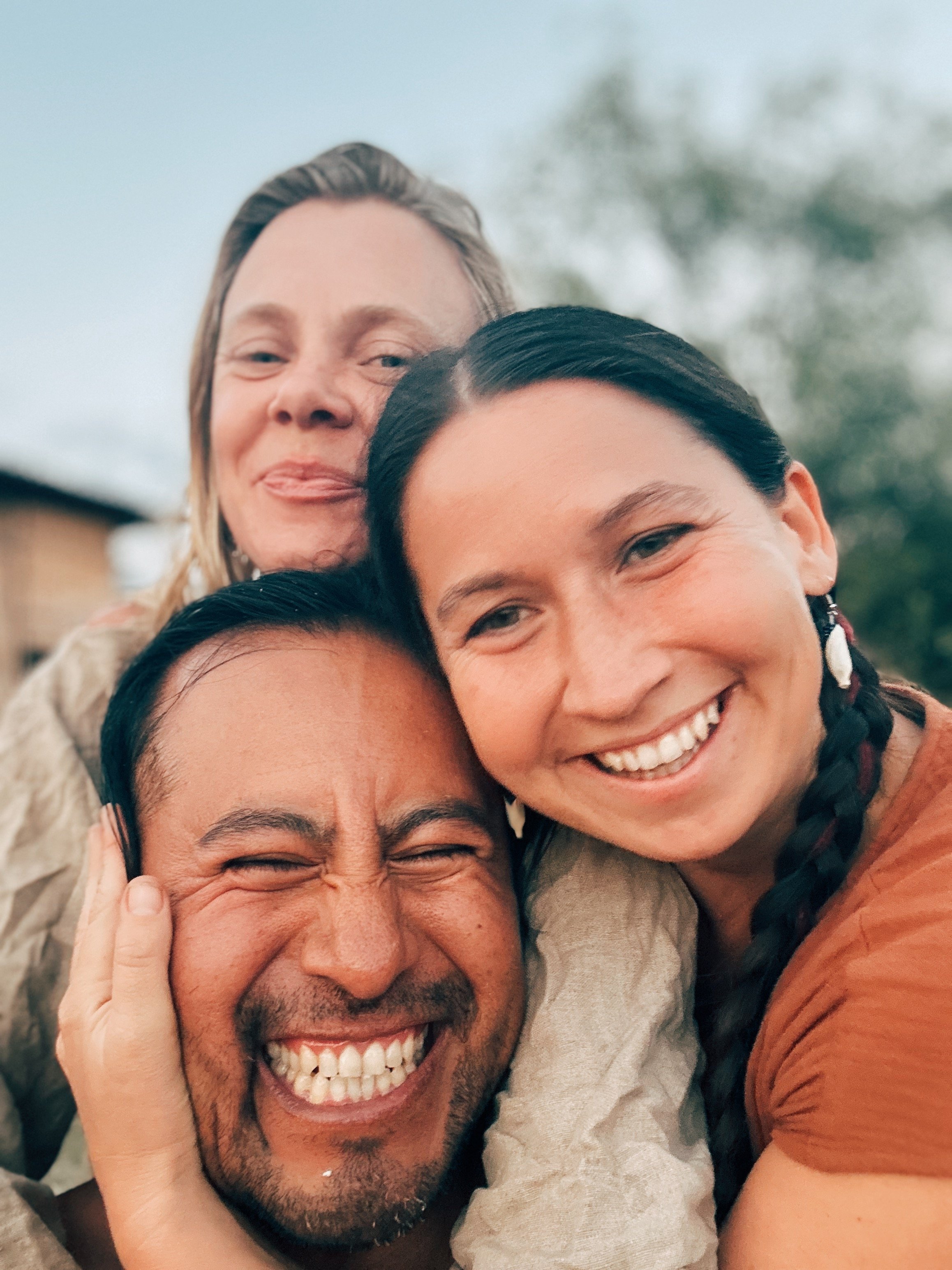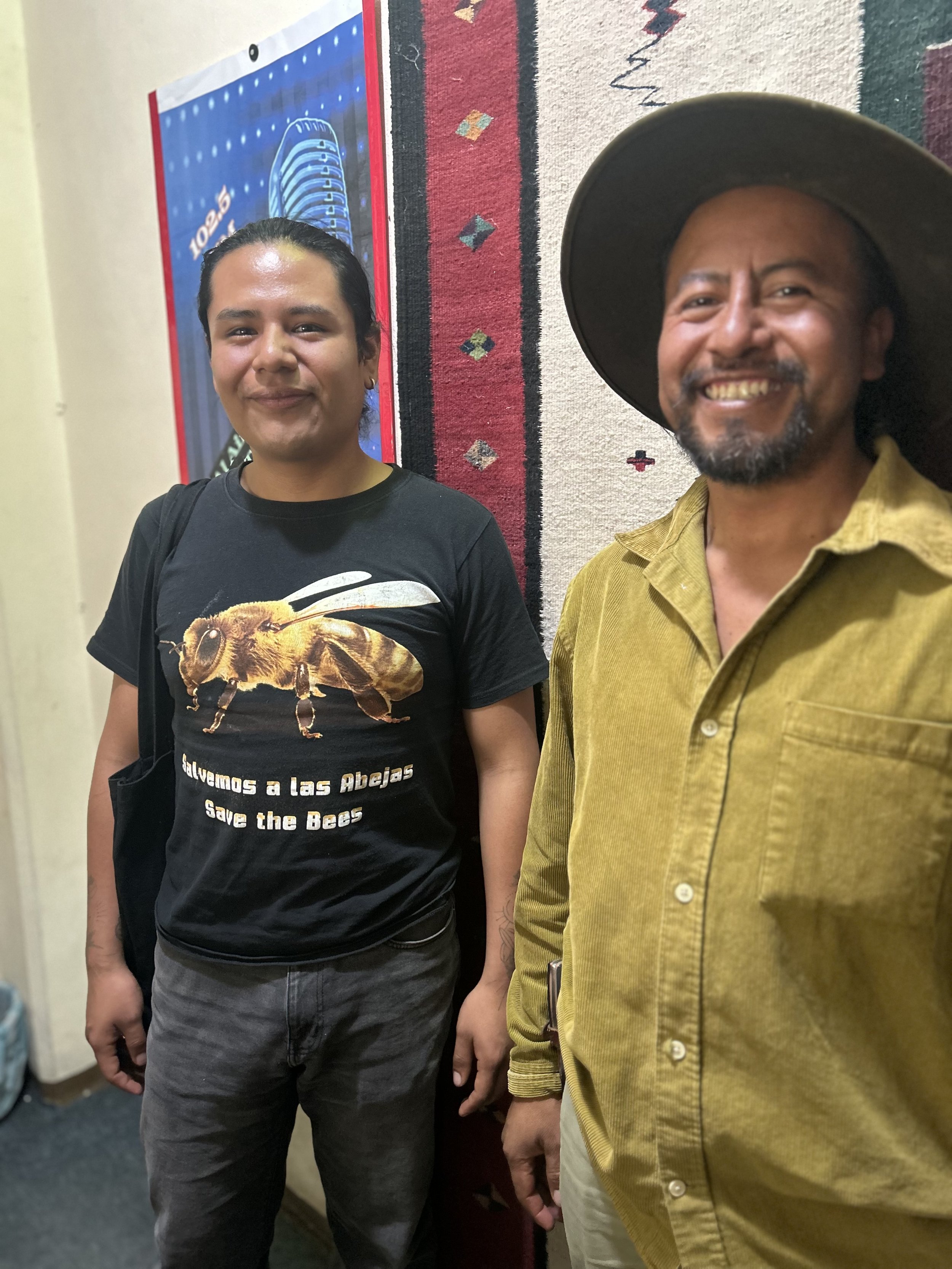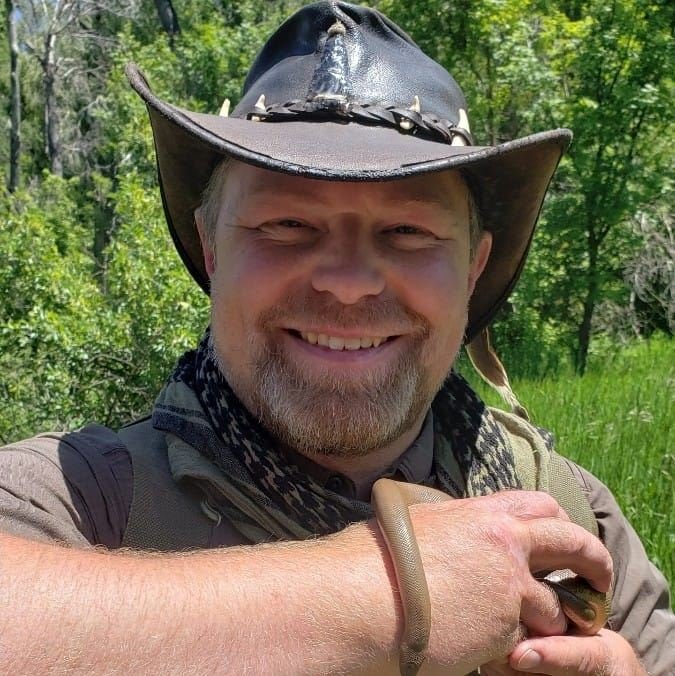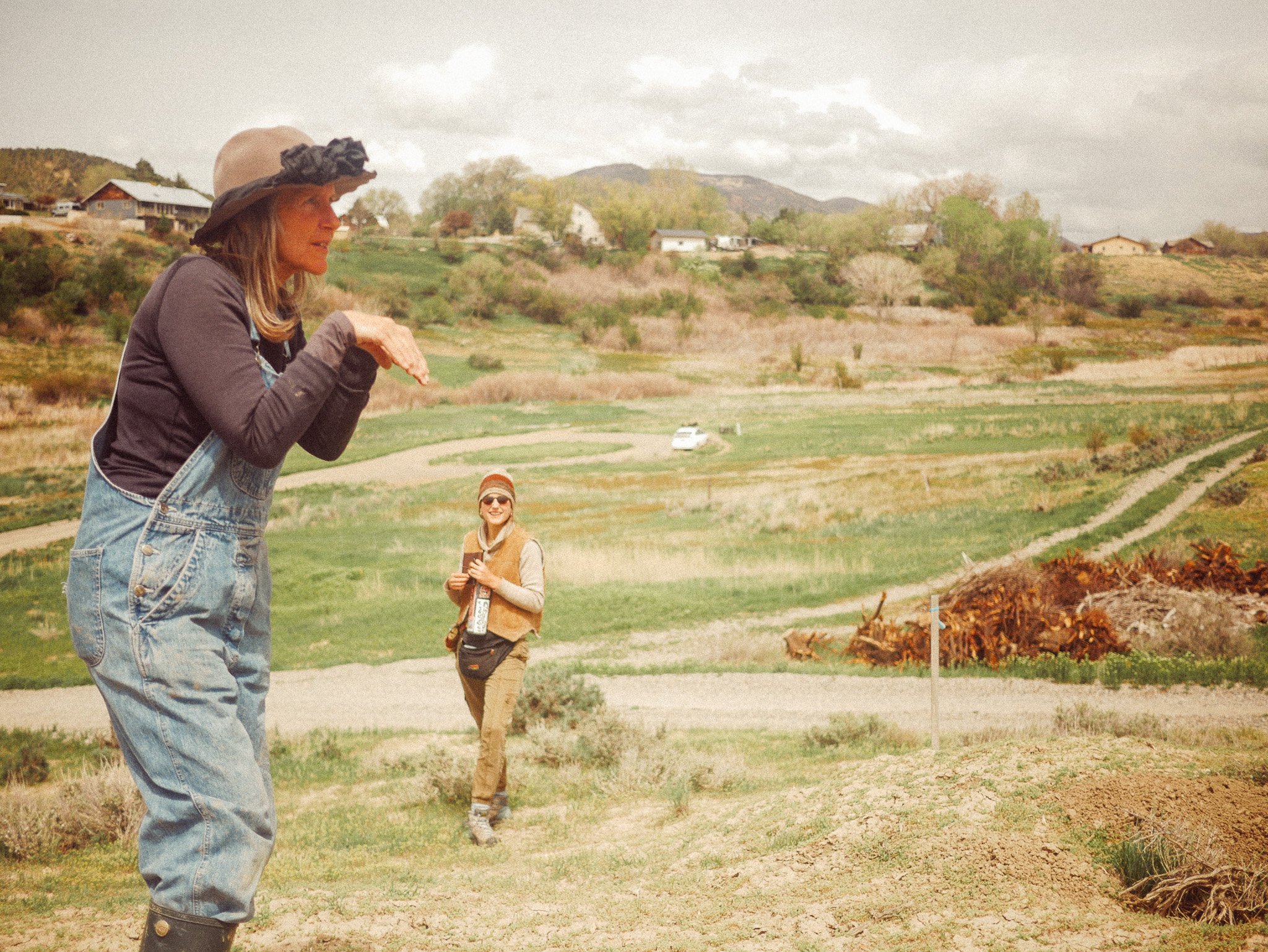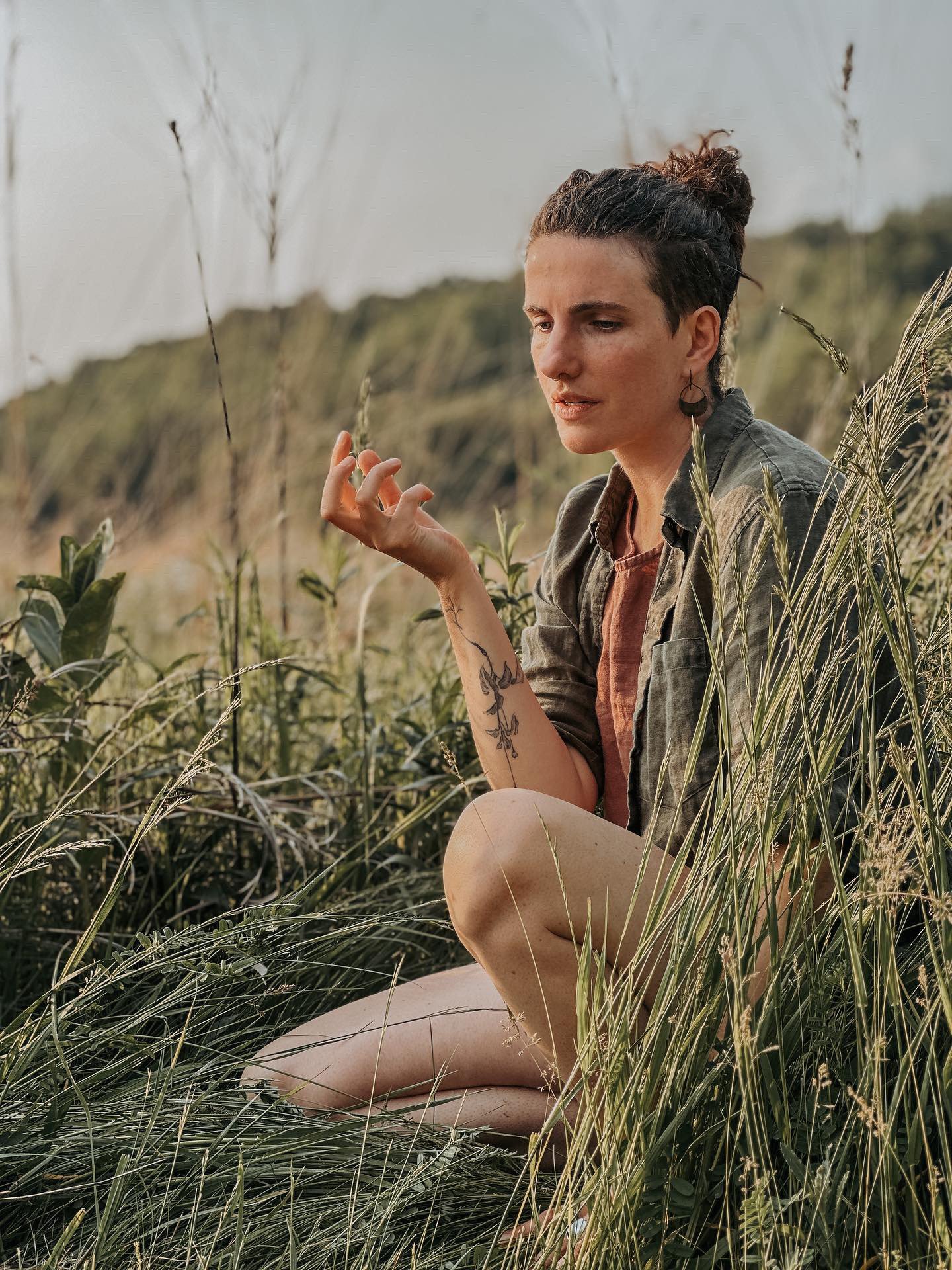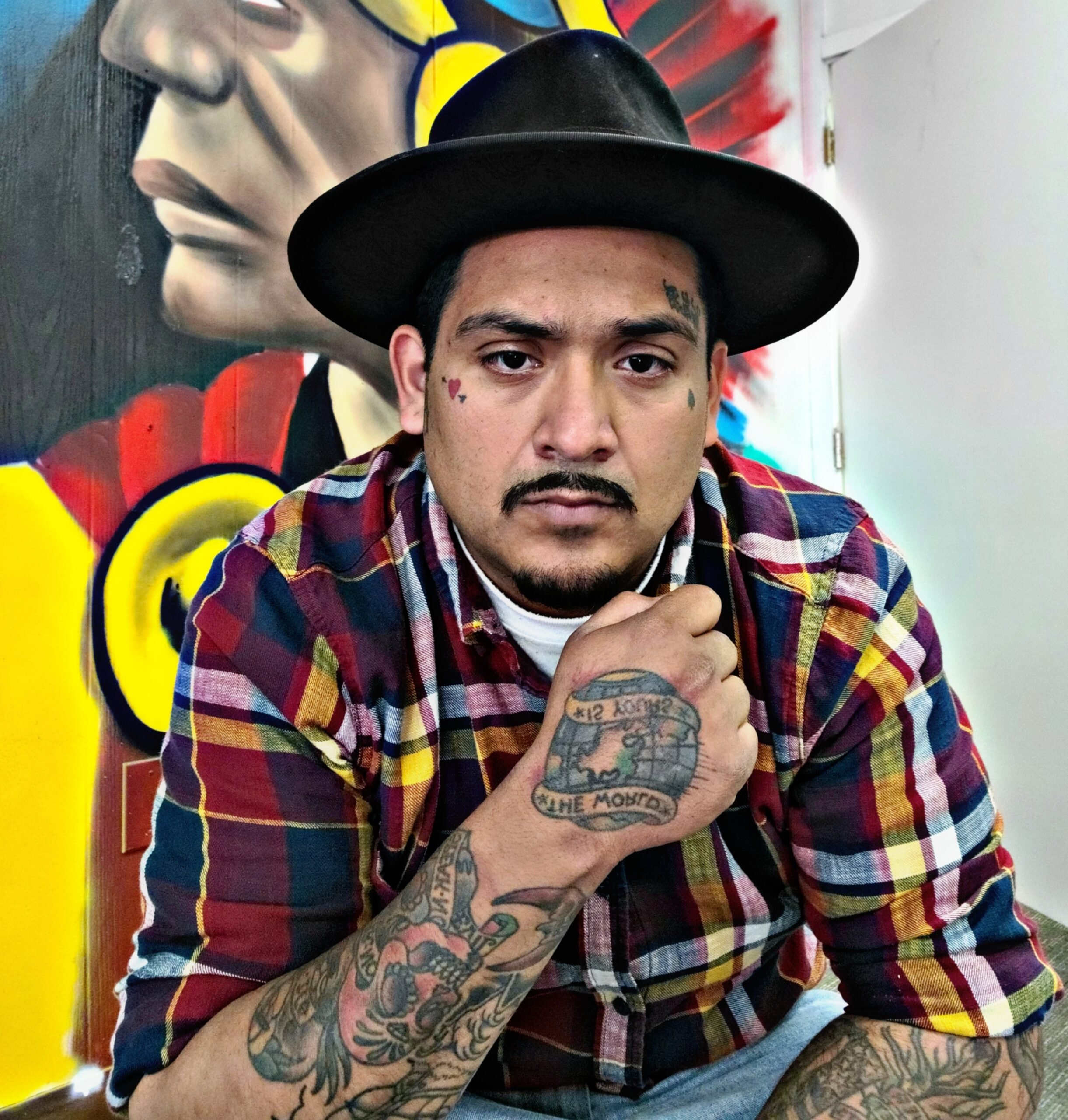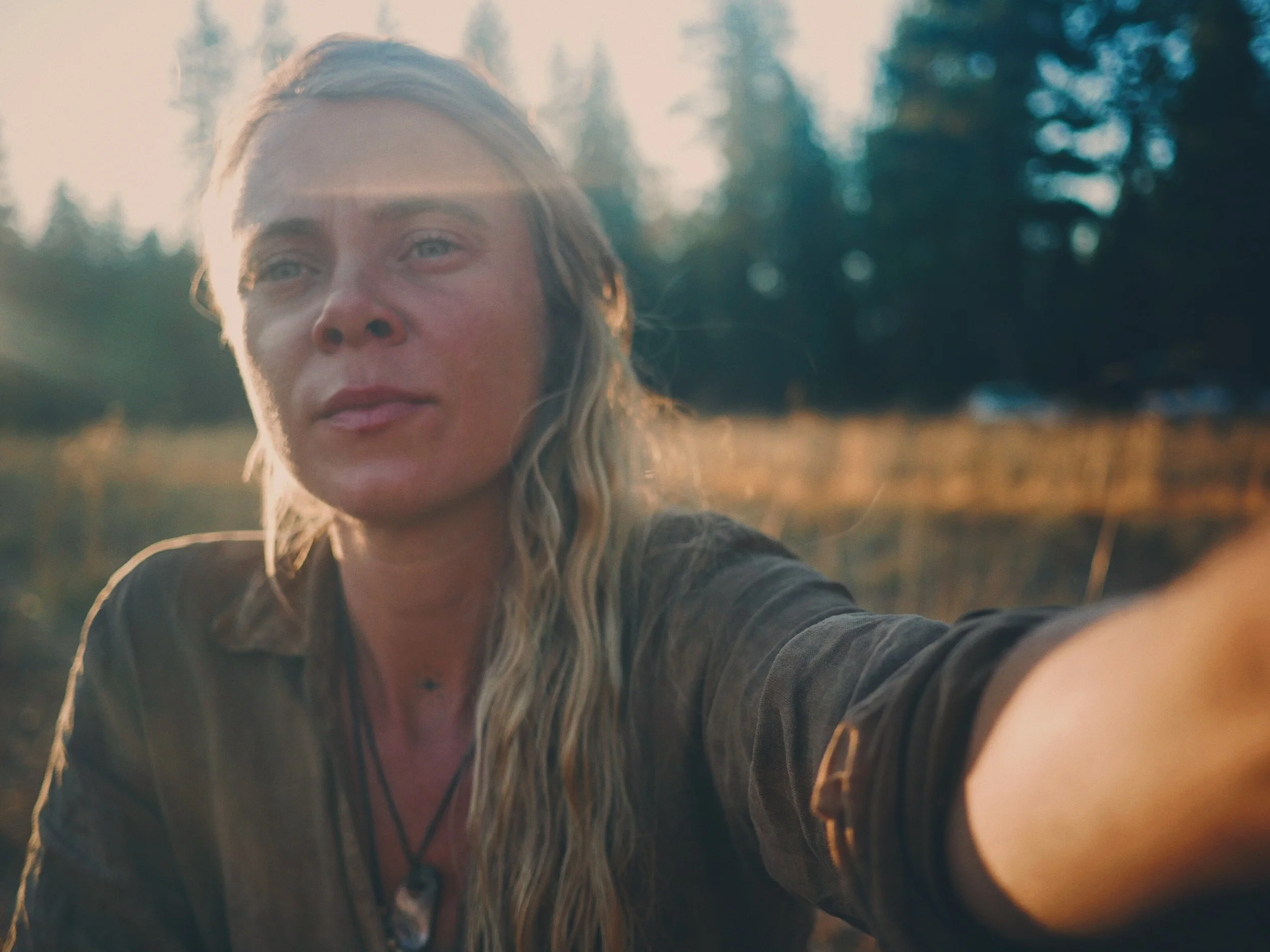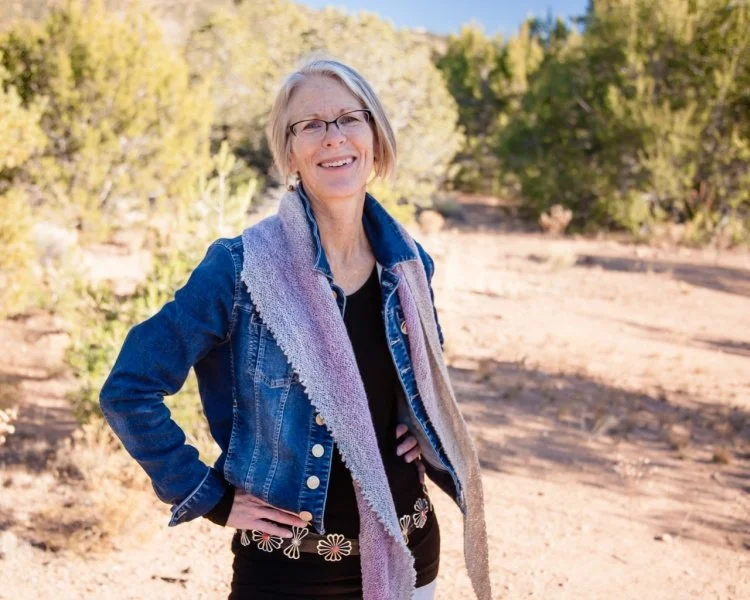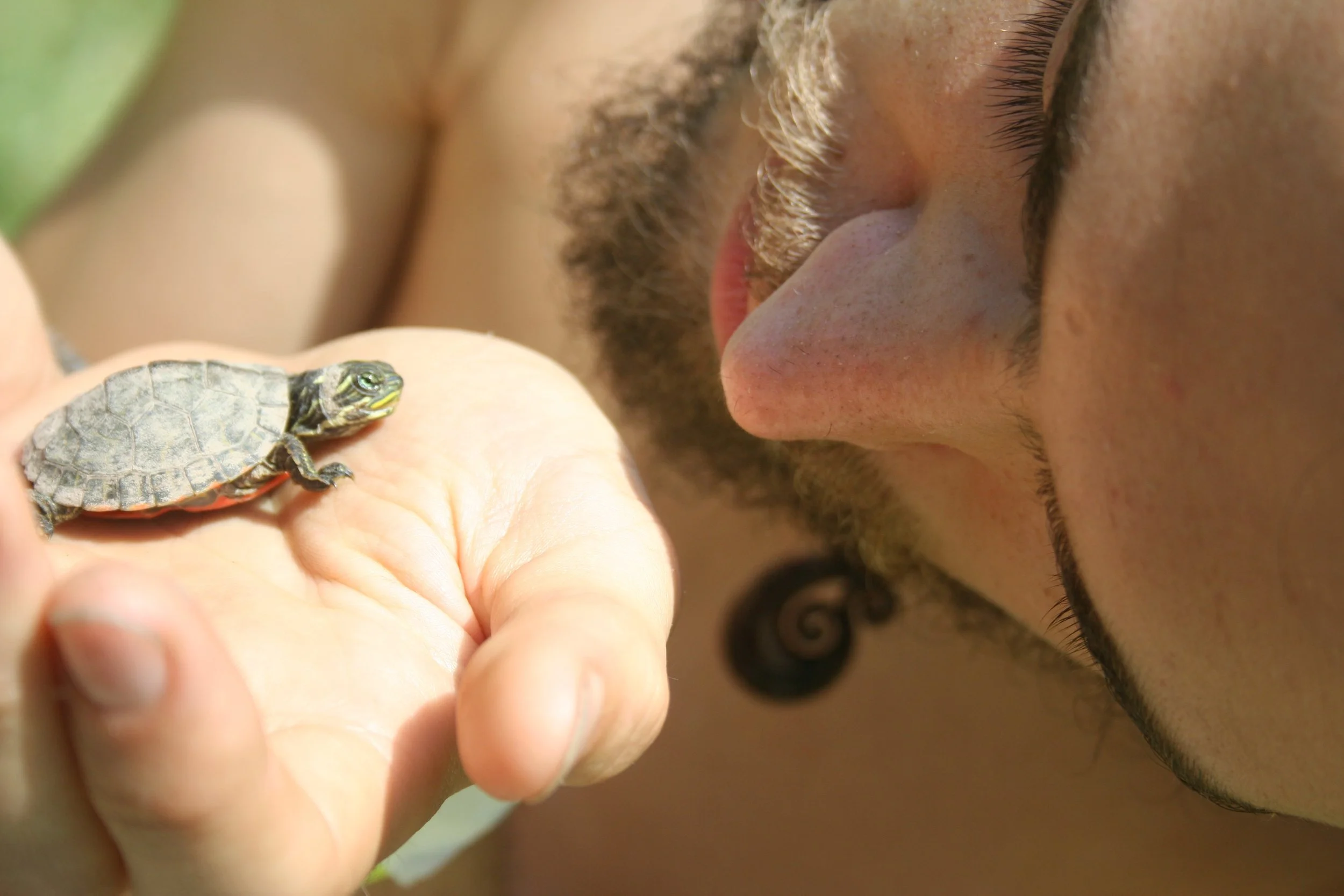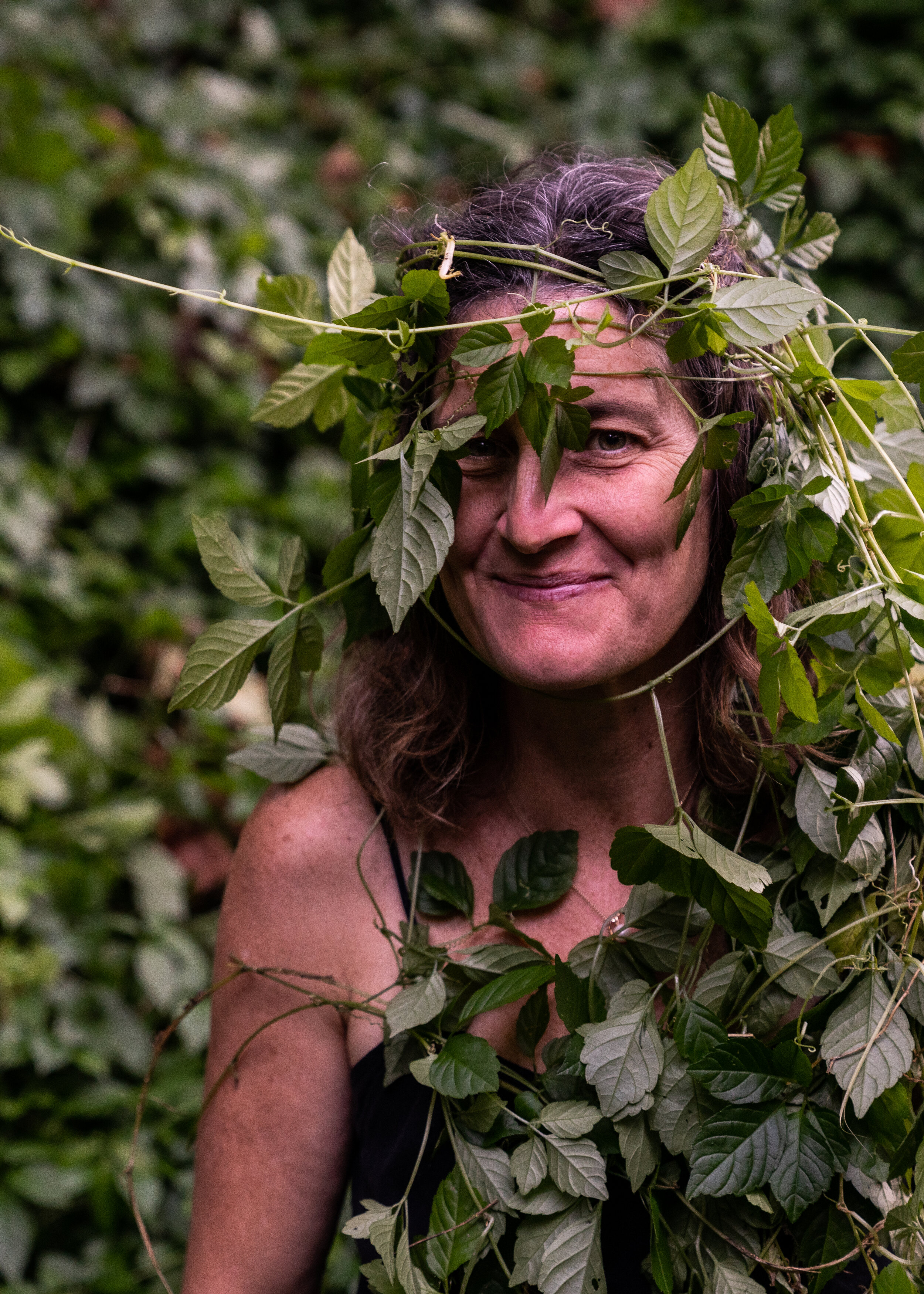Episode #27 of the Ground Shots Podcast features a conversation with Katie Russell, the founder of the Buffalo Bridge Project on the ongoing work of the Buffalo Bridge Crew. We sat down to chat in my camper behind the laundromat in Twisp, Washington while we ate cherries and saskatoon berries.
Photo by Matt Hamon: http://www.matthamon.com/the-gleaners
Katie Russell lives in the Methow valley in Washington state, on the east side of the Cascades, which is in the rain shadow of those towering mountains. It’s an area with expansive rolling hills and mountains with dry and desert like conditions but also features a diversity of eco-zones with various conifers, quaking aspens, Ceanothus and more. Katie currently runs the Saskatoon Circle Gathering, an ancestral skill gathering that is held in the valley every year. Katie has a homestead in the valley, teaches ancestral skills and has such a cute family! (Thanks to Em for babysitting her child Ranger during our laundromat-camper hosted chat.) I’ve known Katie informally over the years and went to the Saskatoon Circle Gathering back in 2016, this summer being the first time I’ve been back in awhile. I’ve also been following the Buffalo Bridge Project for some time. Katie often will do presentations at ancestral skills gatherings about what the work entails, so I’ve learned a bit about it. Katie agreed to do an interview about Buffalo Bridge LAST year when I asked her (Spring of 2018) and we finally were able to sit down and do it this summer.
To give you a little bit of a background to the project, I’m going to quote whoever wrote the description of their indigogo campaign (perhaps Harmony?) to raise money for the expenses involved, because they wrote it so poignantly:
(words taken from BBP’s indigogo campaign:)
During the winter of 2013, Katie stumbled upon the native buffalo hunt outside Yellowstone National Park. After meeting a few of the hunters and diggin' around in some gut piles, she knew she HAD to return to explore the possibilities. In winter of 2014, Katie gathered a small crew and returned to Yellowstone to make use of the left-behind pieces of the hunt - hides, skulls, bones, fur, organs, and more. The crew set up camp right outside the hunting grounds, ready at any time to help, to share knowledge, and to offer skills in anyway the families needed. In the process, BBP began making connections with the buffalo, the native hunters, the Buffalo Field Campaign, park officials, tourists and townsfolk alike.
Focused on using every part of the animal, The Buffalo Bridge Project is building a bridge between cultures, factions, and political lines in the common recognition of the innate worth of the buffalo, and our own shared humanity. The project has continued every year since the initial camp outside of Yellowstone National Park.
Less than 200 years ago, 60 million buffalo roamed the country. Their grazing patterns maintained the integrity of our native grasslands. They recycled nutrients back into the soil with every step, planting seeds, fertilizing and watering as the herds migrated over the prairies. Their wallows created much needed prairie lakes and ponds with precious freshwater ecosystems. They provided food and shelter for innumerable species, from frogs and lizards to antelope and beetles. The buffalo were one of the most important keystone species in the ecology of the plains, often referred to as "large scale ecological engineers."
Many of the nation's First People depended on the buffalo for most of their survival needs. Because they provided so much, the herds of bison became integral to almost every part of human life; they offered food, shelter, clothing, children's toys, silverware, blankets, clothing, rope, bags, water carriers, bowstrings, glue, tools, fire fuel, and more.
The herds once numbered in the millions, and provided a comfortably abundant life for many of the buffalo hunting people. By the early 1900's, however, European colonization had almost completely eradicated the species. Within a few generations, as few as 23 wild Bison remained. These solitary animals had survived by finding refuge deep in Yellowstone National Park's boundaries.
The decimation of the wild buffalo was crippling to the cultural biosphere of the First Nations. The very fabric of the native's way of life had been destroyed, and as a result, much of the culture of the buffalo people was lost, relegated to the memories and stories of the people who still remembered the way it once was.
Today, through many years of political conflict and ecological turmoil, the bison population in Yellowstone has grown to around 4,900. These are the last truly wild bison in the country. Yet every year, there is a state-funded culling of the bison, in which Yellowstone officials ship portions of the buffalo herd out to slaughter.
Very recently, several Native tribes have started exercising their treaty rights to hunt the wild bison, just as their ancestors have for hundreds, if not thousands of years. After almost 200 years of being severed from the very animal that was once the very heart of everyday life, many families are finally able to reclaim their traditions and reconnect with their cultural heritage once again.
Buffalo Bridge is dedicated to honoring Buffalo Culture by remembering the traditions of the Buffalo People who have been living with and hunting buffalo since time immemorial. The Buffalo Bridge Project wishes to celebrate the sophistication, ingenuity, and resilience of these people by attempting to reconnect with these Old Ways of living and being. BBP also recognizes that these traditions are not our own, and think that its important to re-imagine our own ways of connecting with the land we now call our home. BBP feels that all of humanity has a shared past; one in which we all hunted animals and transformed animal skins into clothing, used stone knives, gathered plants, and made friction fire, and through enacting these very ancient patterns, we are able to remember our shared humanity.
photo my Matt Hamon: http://www.matthamon.com/the-gleaners
In this podcast episode with Katie, we talk about:
what the Buffalo Bridge project is and how it started
the different perspectives on how the buffalo should currently be treated
a little on the history of the intertwined genocide of the buffalo and indigenous peoples who lived with the buffalo
some information on when the state of Montana sued the federal government for the buffalo crossing out of federal land
the area where Yellowstone National Park is as the 'cradle' of where buffalo spring from the earth, and where the last wild herd of buffalo still live
the treaty that gave rights to indigenous people to hunt buffalo on their own ancestral lands and how that treaty was revived with the intentional revival of buffalo populations in the 90's
how the folks at Buffalo Bridge navigate the cultural and political bridges in buffalo country
how the folks at Buffalo Bridge play a role as scavengers in the buffalo hunt
the 'ship and slaughter' baiting practice happening during the buffalo hunt to keep the buffalo numbers at a certain population and how it is a politically charged issue
navigating why certain people fear the wild
the important role of the buffalo ecologically
Alex. photo by Matt Hamon: http://www.matthamon.com/the-gleaners
photo by Matt Hamon
Josh. Photo by Matt Hamon: http://www.matthamon.com/the-gleaners
photo by Matt Hamon: http://www.matthamon.com/the-gleaners
Photo by Matt Hamon: http://www.matthamon.com/the-gleaners
Photo by Matt Hamon: http://www.matthamon.com/the-gleaners
Links:
Facebook page for the project: https://www.facebook.com/oldwaysbuffalo/
Outside magazine article on the Buffalo Bridge Project: https://www.outsideonline.com/2086566/montanas-grid-bison-scavengers
@buffalobridge https://www.instagram.com/buffalobridge/
@saskatooncircle https://www.instagram.com/saskatooncircle/
Saskatoon Circle website: https://www.saskatooncircle.com/
Buffalo Field Campaign, mentioned in the podcast: https://www.buffalofieldcampaign.org/
Support the podcast on Patreon to contribute to our grassroots self-funding of this project.
Support the Ground Shots Project with a one time donation: paypal.me/petitfawn
Our Instagram page @goldenberries
Join the Ground Shots Podcast Facebook Group to discuss the episodes
Subscribe to our newsletter for updates on the Ground Shots Project
Theme music: 'Sweat and Splinters' by Mother Marrow
Insterstitial Music: ‘On my Knees’ by Mother Marrow
Produced by: Opia Creative
